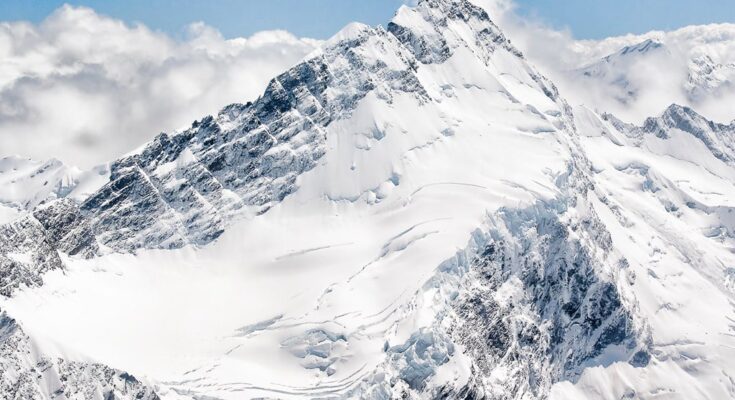With the progression of climate change and, in turn, the melting of Earth’s ice, receding mountain glaciers have begun to reveal the bodies of long-lost climbers.
Last month, a group of mountaineers found a corpse while on a climb in the Peruvian Andes. The cadaver was discovered with out-of-date clothes, and the condition of the man’s skin made it deducible that he had been there for a long time.
A well-preserved California driver’s license in the dead man’s pocket showed him to be Bill Stampfl, a climber from Chino who had been trapped under an avalanche in 2002.
An avalanche is a rapid flow of snow down a slope, such as a hill or mountain. It can be triggered spontaneously by factors such as increased precipitation or snowpack weakening or by external means including humans, animals, and earthquakes. Primarily composed of flowing snow and air, large avalanches have the capability to capture and move ice, rocks, and trees.
In recent years, with the ever-progressing affects of climate change, glaciers and ice sitting on the top levels of the world’s mountains have begun melting. This is thus revealing more and more bodies of former dead climbers.
Climbers found after glaciers melted
Last year, after one of the most intense heatwaves which caused an enormous amount of glacial melting in Switzerland, the boot of a German mountaineer who disappeared in 1986 was seen protruding from a glacier. This was near the mountain town of Zermatt close to the Matterhorn.
Further to the east, the Himalayas have become the icy tomb for hundreds of hikers and climbers who have attempted to scale Mount Everest since the 1920s. Nepali authorities have often had to carry out dangerous expeditions to locate and bring back the newly-revealed cadavers.
“Because of global warming, the ice sheet and glaciers are fast melting and the dead bodies that remained buried all these years are now becoming exposed,” Ang Tshering Sherpa, former president of the Nepal Mountaineering Association, told the BBC in 2019.
The warming planet is “definitely the reason we found Bill,” Ryan Cooper, a personal trainer from Las Vegas who was among the group of climbers who discovered Stampfl’s body a few weeks ago, told Phys.org.
When Stampfl and his two mountaineering colleagues went missing in 2002, a search party attempted to locate them. However, they were only able to find one body—that of Steve Erskine—with Matthew Richardson and Stampfl being left behind.
“If Bill had been on top of the ice they would have found him, but he was buried back then,” Cooper said in an interview.
For Stampfl’s family in California, news of his discovery after 22 years came as a shock. “It really took a few minutes to just, actually, process what I was hearing,” daughter Jennifer Stampfl said in an interview.



